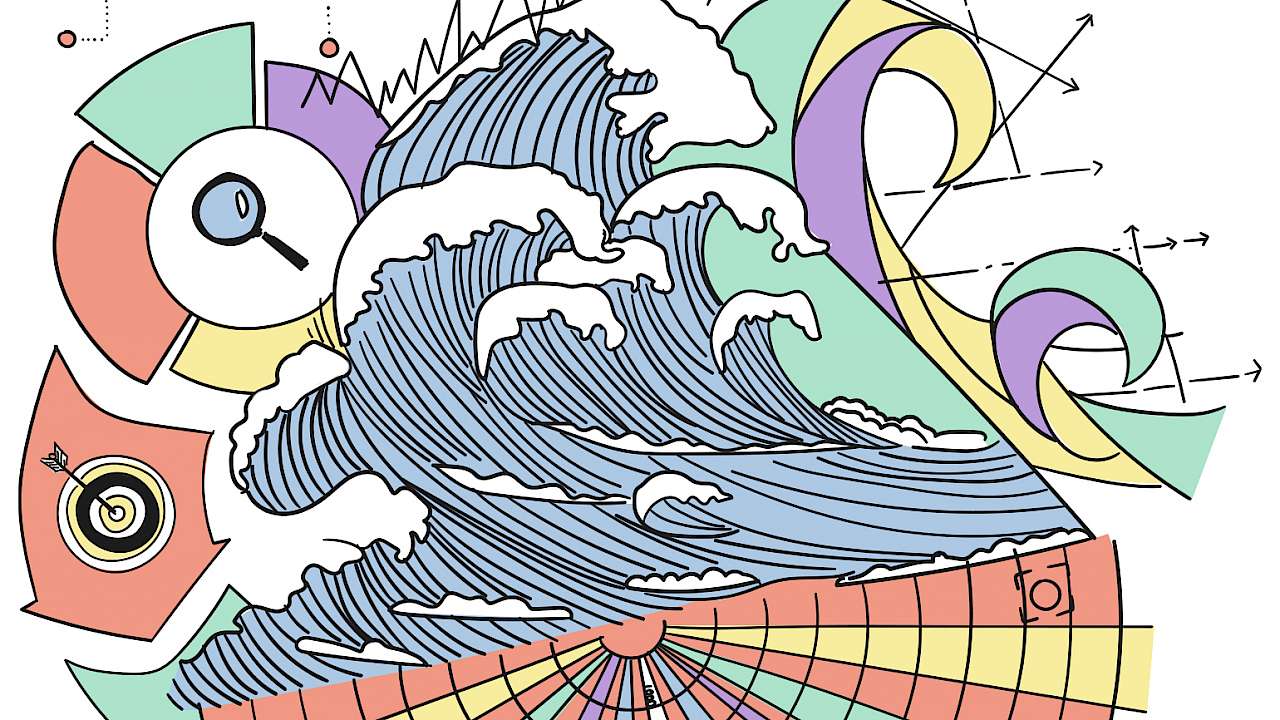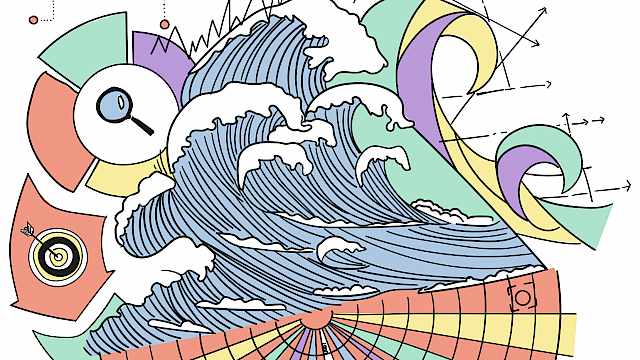Intelligence analysts are typically required to process large volumes of data in a timely manner in order to extract useful information and detect potential security threats. The TIDE (Team Information Decision Engine) is a new software tool which addresses this challenge.
Research and historical evidence have shown that analysts’ judgements are often inconsistent due to the mass of data, the variation in types and nature of intelligence information, and the time pressures analysts are operating within. Consequently, intelligence analysts often make decisions that deviate significantly from those of their peers, from their own prior decisions, and from training rules that they themselves claim to follow.
Such inconsistency is mainly due to two types of errors; noise and bias, which complicate the intelligence analysis process and can result in key pieces of data being misclassified or overlooked with potential security threat implications.
In response, a machine-learning method called the Dominance-based Rough Set Approach (DRSA) algorithm has been embedded within a tool that enables an intelligence analyst’s interests and behaviour to be captured.
A tool that is user-friendly yet capable of providing sophisticated analytics that can substantially improve decision-making
Known as the TIDE (Team Information Decision Engine), the software is designed to evaluate the consistency of analysts’ judgements at individual and group levels, as well as identifying key factors or biases which influence an analyst’s decision making.
The significance of its approach is that it provides a tool that is user-friendly yet capable of providing sophisticated analytics that can substantially improve decision-making, minimise risks, and unearth valuable insights that may otherwise be lost.
The team that developed the TIDE included experts from security in both police and military contexts, so one of the perceived benefits of its exploitation is cross-fertilisation between police intelligence and the military domains.
Copyright Information
As part of CREST’s commitment to open access research, this text is available under a Creative Commons BY-NC-SA 4.0 licence. Please refer to our Copyright page for full details.
IMAGE CREDITS: Copyright ©2024 R. Stevens / CREST (CC BY-SA 4.0)






